At a Glance
Quick Tips
- Pay close attention to the location of other hunters
- Recreational activities will be high in some locations
| species | general Size | trophy potential |
|---|---|---|
| Mule Deer | 140"-150" | 160"+ |
Terrain
Access
Historical Temperatures
High
Low


| species | general Size | trophy potential |
|---|---|---|
| Mule Deer | 140"-150" | 160"+ |
High
Low
This small unit is located along the famous Wasatch Front and lies on the western end of the city of Provo. Hunters will find a decent amount of public land among this highly developed area. The early dates for this season can be difficult as the deer will not be moving a lot and will generally be found in some of the higher elevations but with some hard hunting, success is attainable.
This can be a crowded hunt but savvy hunters can still find good opportunities here.
Much of the Provo valley will be the typical composition of highly developed areas with very little to no natural terrain or vegetation existing. From this valley floor, the Wasatch Front rises up steeply and climbs for several thousand feet. Here, large dominant ridgelines will lead to prominent peaks while creek drainages cut deeply through these ranges. Glassing opportunities will be plenty but the physical exertion required to reach these areas can be high.
Public access is primarily limited to the Wastach front but the sophisticated trail system found in this area will provide hunters with tons of access options. Physically traversing areas off trail can be tough and demanding but not impossible.
Foothills are mostly covered with sagebrush, scrub oak, grasses, bitterbrush, and various other shrubs. Steep mountains form bowls, open faces, steep canyons and draws. Aspens, pines, spruces and firs grow at high elevations along with maple and oak brush. Tree line is about 10,000 feet above sea level although timber is sparse to nonexistent on some steep, rocky slopes as low as 9,000 feet.
With the units reciprocity to several large cities, hunters will have few issues in locating reliable sources for lodging, groceries, and gear.
Roughly 133 square miles
30% public land
Elevations range from 4,600 - 9,500 feet